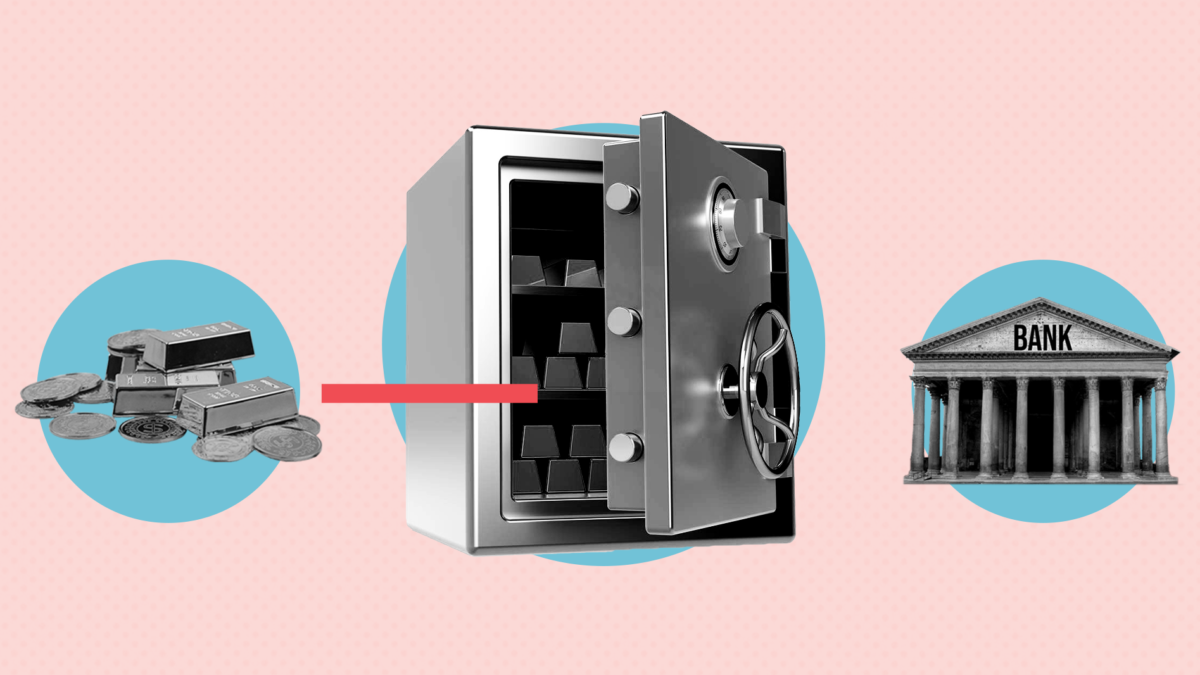For many people, saving money is the cornerstone of preparing for retirement. We diligently put away a portion of our income into retirement accounts, set up automatic transfers, and plan to live off those savings once we no longer work. However, there is a silent threat that undermines this well-laid plan: inflation. While saving for retirement is essential, inflation can drastically erode the purchasing power of your savings over time, turning what seemed like enough money into a fraction of what you need to live comfortably in retirement.
Inflation, the gradual increase in the cost of goods and services, is a powerful force that affects everyone, but it has a particularly insidious impact on retirees. For a few decades, the prices of everything from groceries to healthcare to housing can rise sharply, often outpacing savings growth. While inflation may seem like a minor issue in the short term, it can quietly deplete your retirement nest egg over the long haul, leaving you with much less purchasing power than you had anticipated.
The Federal Reserve aims for a modest inflation rate of around 2% annually, but in recent years, inflation has surged well beyond this target, particularly during periods of economic upheaval. Even a relatively low inflation rate, such as 3% or 4%, can devastate your savings over time. For example, if you retire with $500,000 and inflation averages 3% annually, the purchasing power of that amount will be cut in half after just 24 years. What seemed like a comfortable amount at the time of retirement may no longer cover basic expenses in the future.
This silent threat becomes even more concerning when considering that many retirees depend on fixed-income sources, such as pensions or annuities, which don’t adjust for inflation. As a result, their income doesn’t increase to keep up with rising prices, forcing them to dip into their savings or cut their living standards. Healthcare costs, which rise faster than general inflation, are a significant concern in retirement. Without a plan to counteract inflation, the cost of medical treatments, prescriptions, and insurance premiums can quickly outpace what retirees have saved.
Another factor that amplifies this problem is the longevity of life. People are living longer than ever before, meaning your retirement savings need to last for a longer period. Many retirees underestimate how long they will live, and as a result, they may underestimate how much money they’ll need. If your retirement lasts 30 years or more, inflation can significantly reduce the value of your savings, making it challenging to maintain your desired lifestyle.
So, what can you do to ensure that retirement savings is enough? First, it’s essential to plan for inflation. One of the most effective ways to do this is to invest in assets that tend to outpace inflation over time, such as stocks or real estate. While these investments come with risks, they offer a greater chance of growing your savings to keep up with inflation. Additionally, consider diversifying your portfolio to include assets that provide inflation protection, such as Treasury Inflation-Protected Securities (TIPS), which are specifically designed to adjust to inflation.
Another key strategy is to incorporate an income plan that adjusts for inflation. Consider options like inflation-adjusted annuities or Social Security benefits, typically adjusted for inflation over time. These options can provide a steady income stream that increases in value as the cost of living rises, helping protect your retirement income from inflation.
In conclusion, while retirement savings is crucial, it’s not enough. Inflation is the silent threat that can eat away at the value of your savings and leave you struggling to keep up with rising costs in retirement. By planning for inflation and investing wisely, you can help ensure that your retirement savings will continue to support you throughout your golden years, no matter how long they may last.




